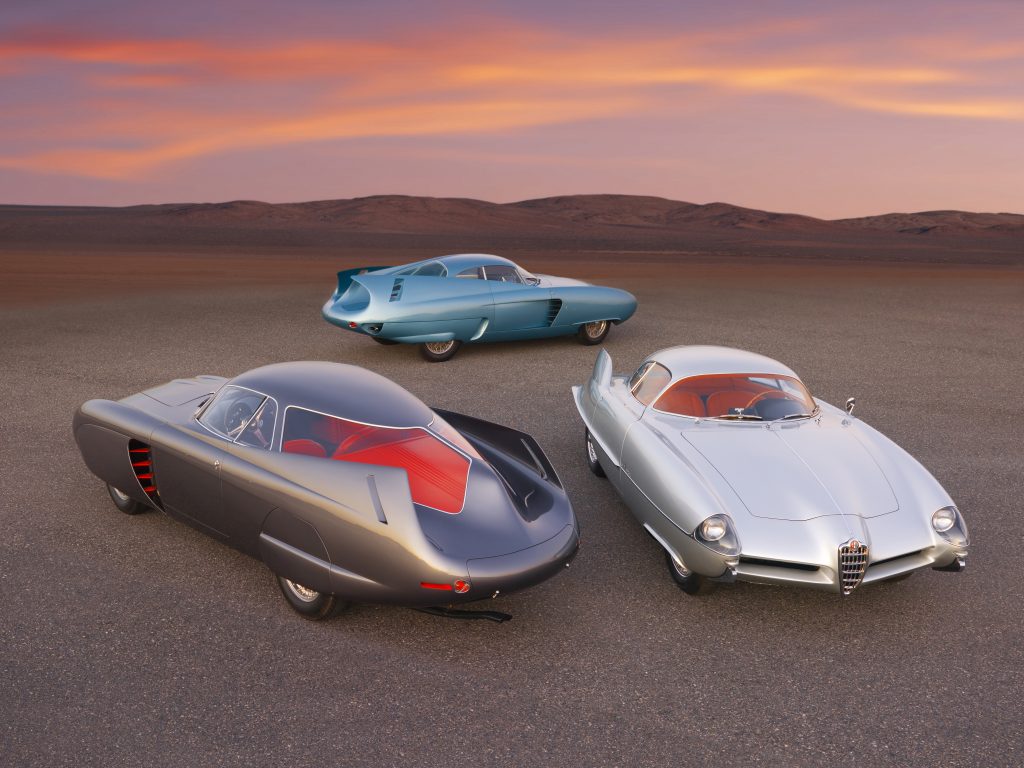Sotheby’s Two Evening Sales Bag a Muted $283.9 Million, Fueled by the Scene-Stealing Inclusion of Three Futuristic Alfa Romeos

Before the sales even began, a shocking announcement turned the entire evening into an extended anti-climax. At the last minute, the Baltimore Museum of Art pulled works it had consigned by Clyfford Still and Brice Marden after donors threatened to withhold millions of dollars in horror and more than a dozen institutional bigwigs signed letters decrying the sell-off.
It was a shocking about-face from BMA director Christopher Bedford, a singular figure in the ranks of American museums who is steadfastly committed to the idea that deaccessioning old works from a homogeneous collection is the most efficient way to fill its holdings with new work by young artists of color. In an interview with the Baltimore Sun this week, Bedford accused anyone against his brash approach of making an “investment in a system of operating institutions that is very deeply centered in white power and white privilege.”
Weeks after Christie’s made a splash by selling a T. Rex for $31.8 million in its postwar and contemporary art sale, Sotheby’s embraced the stunt of slotting non-art objects into its auction. The big lot of this portion of the night was not an artwork (or a dinosaur), but a trio of automobiles: three futuristic unique Alfa Romeos, which sold as a group for a hammer price of $13.25 million, short of the $14 million low estimate. With fees, the price was $15.5 million, and it was purchased for a client by Barney Ruprecht, the RM Sotheby’s senior specialist. (His father, Bill Ruprecht, was CEO of the auction house until 2014.)
